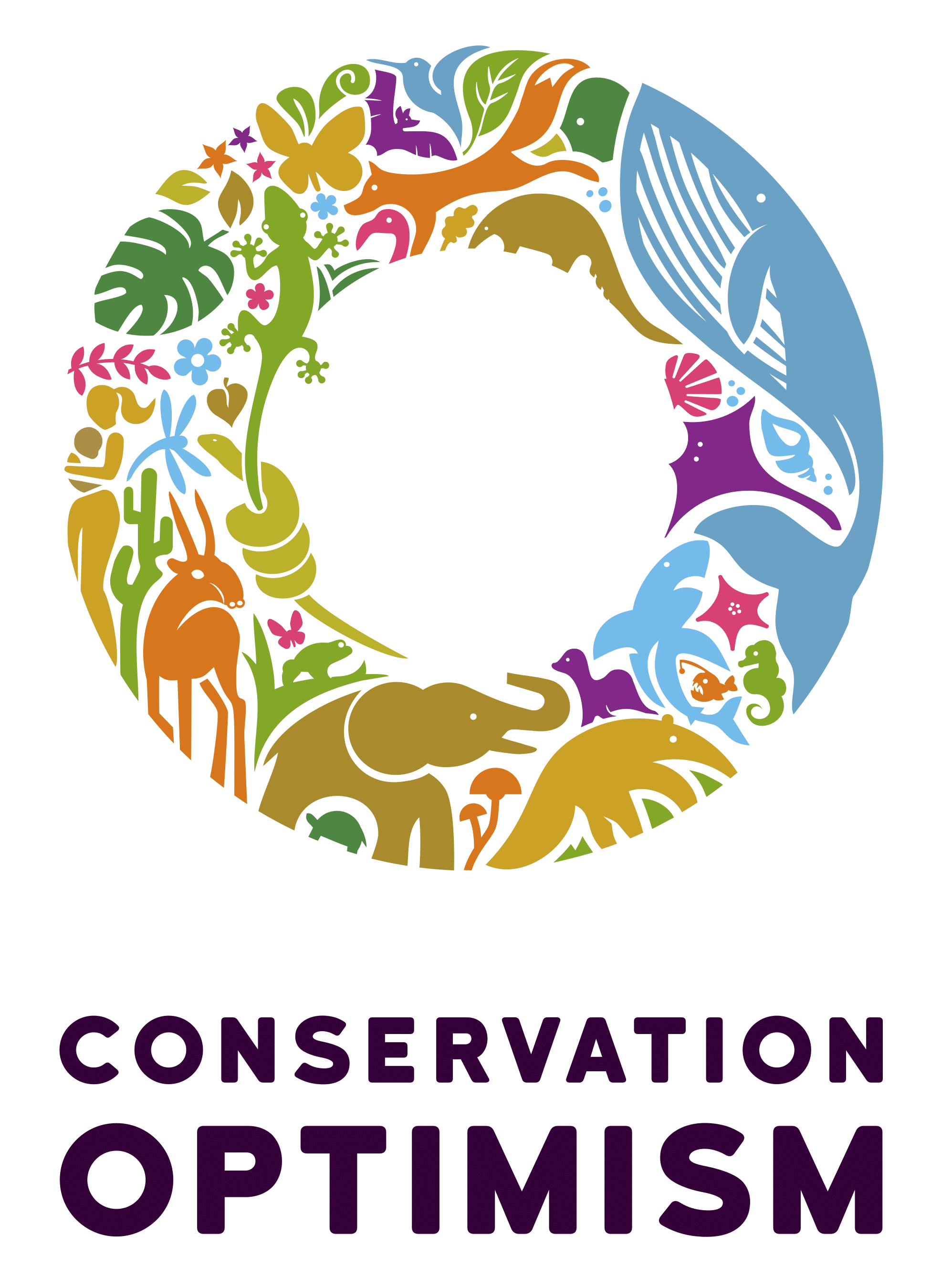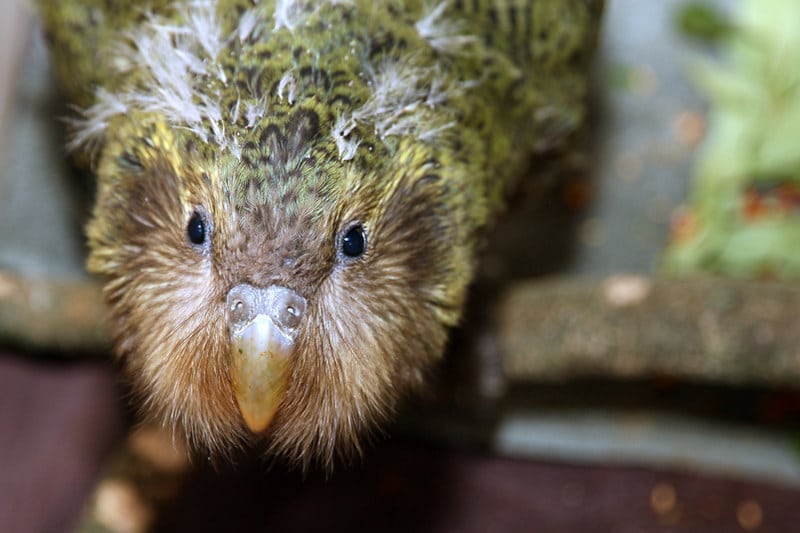Wondering what went right this week in the conservation world? We’ve got you covered with our Conservation Optimism Round-Up! Each week we are collating stories of optimism from around the globe so that you never miss your dose of Monday Motivation.
1. Peru to establish rainforest reserve for isolated Indigenous peoples
” After nearly twenty years of discussion, the Peruvian Government has moved to establish a new Indigenous reserve for “uncontacted peoples” deep in the Amazon rainforest. Yavarí Tapiche Indigenous Reserve, which covers 1.1 million hectares (2.7 million acres) in the department of Loreto on the Peru-Brazil border, is home to Matsés, Remo, and Marubo peoples, as well as other groups that have yet to be identified.”
A new reserve in #Peru will soon cover over 1.1M ha of #Amazon #rainforest for several uncontacted tribes and countless species of #wildlife!#indigenous #protectedareas #nature #biodiversity #news #conservationoptimism #conservation #LetNatureThrivehttps://t.co/VAsvIdcHfr
— Global Conservation Solutions (@_GCS_) May 1, 2021
2. Rewilding Argentina: A journey to help nature heal
“The Ibera wetlands are a 1.3 million-hectare (3.2 million-acre) natural reserve in northeastern Argentina. But in recent years, wildlife in the area has suffered because of rapid development, industrialised agriculture and uncontrolled cattle grazing. And now, as the country stretches its agricultural capabilities even further, several conservation strategies are being tried out and, it seems, some of them are working.”
In recent years, wildlife in the Argentinian🇦🇷 Ibera National Park has suffered
— ipbes (@IPBES) April 30, 2021
Explore what’s being done to protect nature, restore the ecology & increase #Biodiversity💡🌿
via @TalktoAlJazeera @AlJazeera #ConservationOptimismhttps://t.co/f8pFopydrv
3. Lamprey numbers predict promising comeback for spooky blood-sucking fish in Australia
“Lamprey are making a comeback in the Murray-Darling Basin due to improved flows and water for the environment.”
The ancient pouched and short-headed lamprey species, recently feared to be on the brink of extinction, are making a promising comeback in the Murray-Darling Basin, sparking hope for their future 👇👇https://t.co/eiBpoJjtBT #conservationoptimism
— Shoal (@Shoal_Org) April 29, 2021
4. Ocean rewilding: England’s largest seagrass restoration project gets under way
” Boats laden with seagrass seeds are setting off from the south coast today as part of a four-year project to restore underwater meadows. They sequester carbon 35 times faster than a tropical rainforest, seagrass meadows also provide a haven for some of the most fantastical marine creatures on Earth – even in the UK, where enigmatic seahorses are among those found sheltering in the swaying blades. “
More than 90% of 🇬🇧 #seagrass meadows have been lost over the last century. But a new @OceanCTrust project means they are making a return in England, following @ProjectSeagrass in Wales. 🌱 #ConservationOptimism https://t.co/lO3exu7oma
— Environmental Justice Foundation (@ejfoundation) April 28, 2021
5. Celebrating youth leadership in Madagascar
“Vatosoa Rakotondrazafy has become one of Madagascar’s most vocal advocates for fishing communities. Vatosoa and her team helped advocate for the rights of Madagascar’s 500,000 small-scale fishers and bring together more than 200 Locally Managed Marine Areas (LMMAs) covering 17,500 km2 of Madagascar’s coasts.”
Meet Vatosoa Rakotondrazafy; one of Madagascar’s most vocal advocates for #MarineConservation & #fishing families.
— Arju (@mohammadarju) April 26, 2021
As Coordinator of MIHARI (2015-2020) Vatosoa & team helped bring together more than 200 Locally Managed Marine Areas https://t.co/rOyEefTrWF#ConservationOptimism
6. Over 25,400 hectares of forests and alpine meadows in the South-eastern Carpathians are now protected.
“Foundation Conservation Carpathia (FCC) was founded in 2009 with the goal to stop this illegal logging, and to protect a significant surface of Carpathian forests in the form of a completely protected area for future generations.”
7. New Zealand’s quirky kākāpō are pulled back from the edge of extinction
“Kākāpō are large, ground-dwelling, flightless parrots that were once widespread across New Zealand but hunted to near extinction. Thanks to highly specialised conservation efforts, these unique birds are slowly bouncing back.”
Have a story to share for our weekly round-up? Use #ConservationOptimism on Twitter, Facebook, LinkedIn and Instagram!


